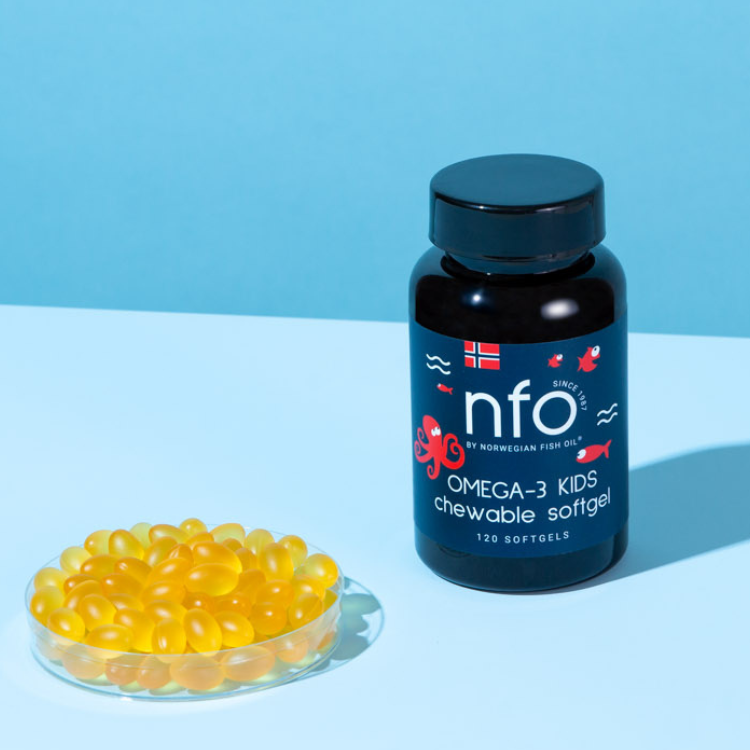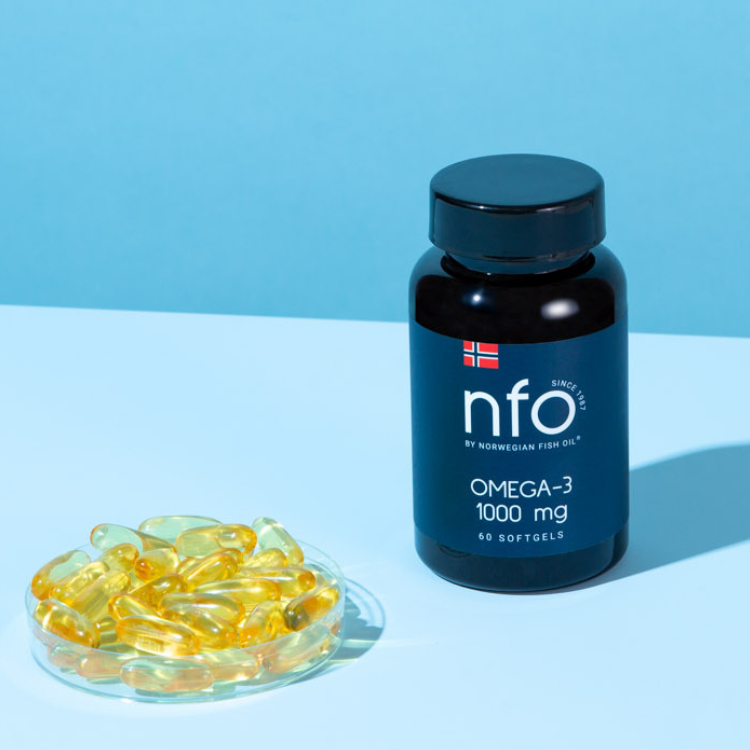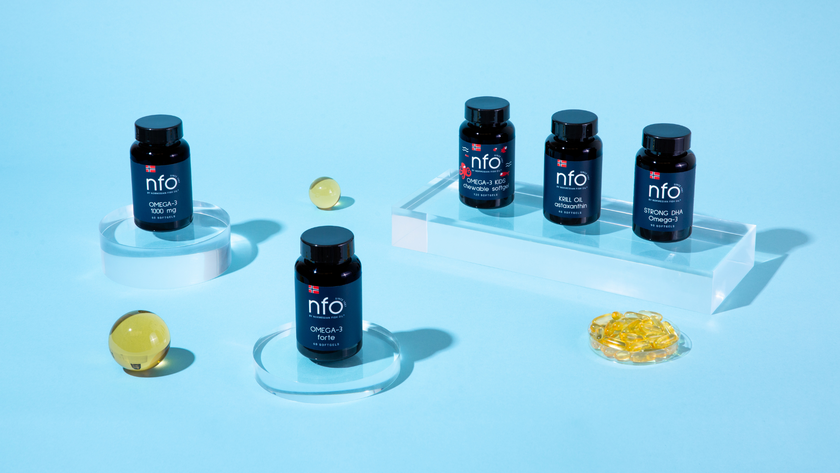Magnesium is an essential mineral involved in numerous bodily functions, such as muscle function, energy production, and bone health. Among various forms of magnesium supplements, magnesium malate is gaining attention for its purported benefits. But what exactly is magnesium malate, and does it offer unique advantages? This article delves into the science behind magnesium malate, exploring its properties, benefits, and potential applications.
What Is Magnesium Malate?
Magnesium malate is a compound that combines magnesium and malic acid. Malic acid is a naturally occurring substance found in fruits like apples and is a key intermediate in the citric acid cycle, a critical energy production process in the body (PubChem, n.d.). The combination of magnesium and malic acid is thought to enhance the absorption of magnesium while also offering distinct benefits from malic acid.
The Role of Magnesium in the Body
Magnesium is involved in over 300 enzymatic reactions in the body. It plays a vital role in processes such as:
- Energy production: Magnesium is essential for the synthesis of adenosine triphosphate (ATP), the body’s main energy currency (NIH, 2021).
- Muscle and nerve function: It helps regulate muscle contractions and nerve impulses (NIH, 2021).
- Bone health: Approximately 60% of the body’s magnesium is stored in the bones, contributing to their strength and density (NIH, 2021).
- Protein synthesis and DNA repair: Magnesium is critical for creating new proteins and repairing genetic material (NIH, 2021).
Magnesium deficiency can lead to various health issues, including muscle cramps, fatigue, irregular heartbeat, and mental health disturbances (DiNicolantonio et al., 2018).
What Does Malic Acid Do?
Malic acid is an organic acid that participates in the citric acid cycle, crucial for cellular energy production. It is also known for its antioxidant properties and its role in detoxifying heavy metals from the body (PubChem, n.d.; Zhao et al., 2016). Malic acid’s ability to enhance energy production makes it particularly useful in addressing conditions characterized by fatigue.
Benefits of Magnesium Malate
1. Improved Energy Levels
The combination of magnesium and malic acid is particularly beneficial for individuals experiencing chronic fatigue. Magnesium supports ATP production, while malic acid enhances energy metabolism. Studies suggest that magnesium malate may improve energy levels in individuals with conditions such as fibromyalgia and chronic fatigue syndrome (Russell et al., 1995).
2. Muscle Health
Magnesium malate may reduce muscle soreness and cramps, often experienced during exercise or as a symptom of magnesium deficiency. Malic acid’s role in energy production can help muscles recover more efficiently after exertion (PubMed, 1995).
3. Bone Health
As magnesium contributes significantly to bone density and strength, magnesium malate supplementation may help prevent or manage osteoporosis. Enhanced magnesium absorption from magnesium malate could provide better support for bone health than other forms of magnesium (NIH, 2021).
4. Neurological Benefits
Magnesium is essential for brain health, and its deficiency has been linked to anxiety, depression, and neurological disorders. Magnesium malate’s high bioavailability may make it an effective option for improving magnesium levels and supporting mental health (PubMed, 2016).
5. Detoxification
Malic acid has chelating properties, meaning it can bind to toxic metals like aluminum and lead, aiding in their removal from the body (Zhao et al., 2016). This property adds a detoxification benefit to magnesium malate supplementation.
Bioavailability and Absorption
One of the reasons magnesium malate is favored is its high bioavailability. Research indicates that magnesium compounds combined with organic acids, such as malic acid, are absorbed more efficiently in the gastrointestinal tract than inorganic forms like magnesium oxide (Firoz & Graber, 2001). This improved absorption makes magnesium malate a suitable choice for individuals with digestive sensitivities.
Potential Applications
1. Fibromyalgia and Chronic Fatigue Syndrome
Studies have shown that individuals with fibromyalgia and chronic fatigue syndrome often have low magnesium levels (Russell et al., 1995). Magnesium malate’s dual action in improving magnesium levels and enhancing energy production makes it a promising intervention for these conditions.
2. Athletic Performance
Athletes may benefit from magnesium malate supplementation to prevent muscle cramps, improve recovery, and sustain energy levels during intense physical activities. Malic acid’s role in the citric acid cycle can optimize energy output, enhancing performance (PubMed, 1995).
3. Mental Health
Magnesium’s role in neurotransmitter regulation and stress response suggests that magnesium malate could support mental health. Some studies have reported improved mood and reduced anxiety with magnesium supplementation (PubMed, 2016).
4. Metabolic Disorders
Magnesium malate may also help regulate blood sugar levels and improve insulin sensitivity, offering potential benefits for individuals with type 2 diabetes or metabolic syndrome (Barbagallo & Dominguez, 2010).
Safety and Side Effects
Magnesium malate is generally considered safe when taken within the recommended dosages. The tolerable upper intake level (UL) for magnesium from supplements is 350 mg per day for adults (NIH, 2021). Exceeding this limit may cause side effects such as diarrhea, nausea, and abdominal cramping. Individuals with kidney disease should consult a healthcare provider before using magnesium supplements, as their ability to excrete excess magnesium may be impaired (NIH, 2021).
How to Supplement
Magnesium malate is available in various forms, including tablets, capsules, and powders. The optimal dosage depends on individual needs, but typical recommendations range from 200 to 400 mg of elemental magnesium per day. It is advisable to start with a lower dose and gradually increase it to assess tolerance.
Conclusion
Magnesium malate is a versatile supplement that combines the benefits of magnesium and malic acid. Its high bioavailability and unique properties make it a valuable option for addressing fatigue, muscle health, and neurological issues. While it holds promise for specific conditions like fibromyalgia, more extensive research is needed to confirm its efficacy across a broader population.
Incorporating magnesium malate into a balanced diet, alongside consulting healthcare professionals, can optimize its benefits. For those struggling with low energy levels, muscle cramps, or magnesium deficiency, this supplement could provide a convenient and effective solution.
References
- Barbagallo, M., & Dominguez, L. J. (2010). Magnesium and type 2 diabetes. World Journal of Diabetes, 1(3), 108–119. https://doi.org/10.4239/wjd.v1.i3.108
- DiNicolantonio, J. J., et al. (2018). Subclinical magnesium deficiency: A principal driver of cardiovascular disease and a public health crisis. Open Heart, 5(1), e000668. https://doi.org/10.1136/openhrt-2017-000668
- Firoz, M., & Graber, M. (2001). Bioavailability of US commercial magnesium preparations. Magnesium Research, 14(4), 257–62.
- National Institutes of Health (NIH). (2021). Magnesium: Fact Sheet for Health Professionals. Office of Dietary Supplements. https://ods.od.nih.gov/factsheets/Magnesium-HealthProfessional/
- PubChem. (n.d.). Malic acid. National Library of Medicine. https://pubchem.ncbi.nlm.nih.gov/compound/Malic-acid
- Russell, I. J., et al. (1995). Treatment of fibromyalgia syndrome with Super Malic: A randomized, double-blind, placebo-controlled, crossover pilot study. Journal of Rheumatology, 22(5), 953–8.
- Zhao, Y., et al. (2016). Chelating properties of malic acid and its potential applications in detoxification. Journal of Biochemistry, 159(4), 405–12. https://doi.org/10.1093/jb/mvv124









